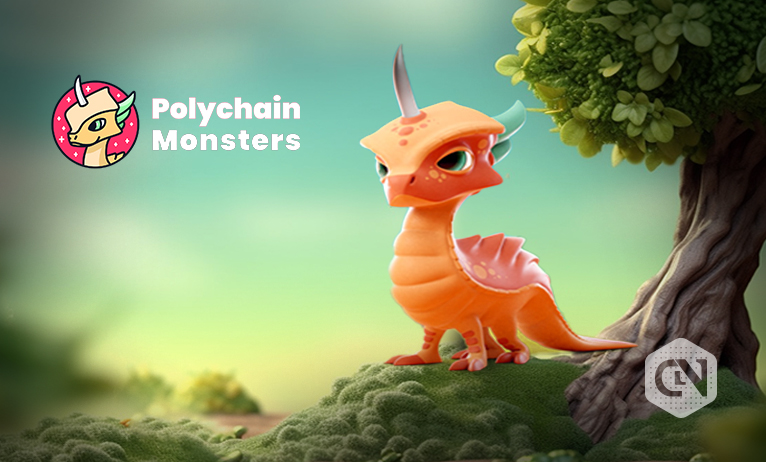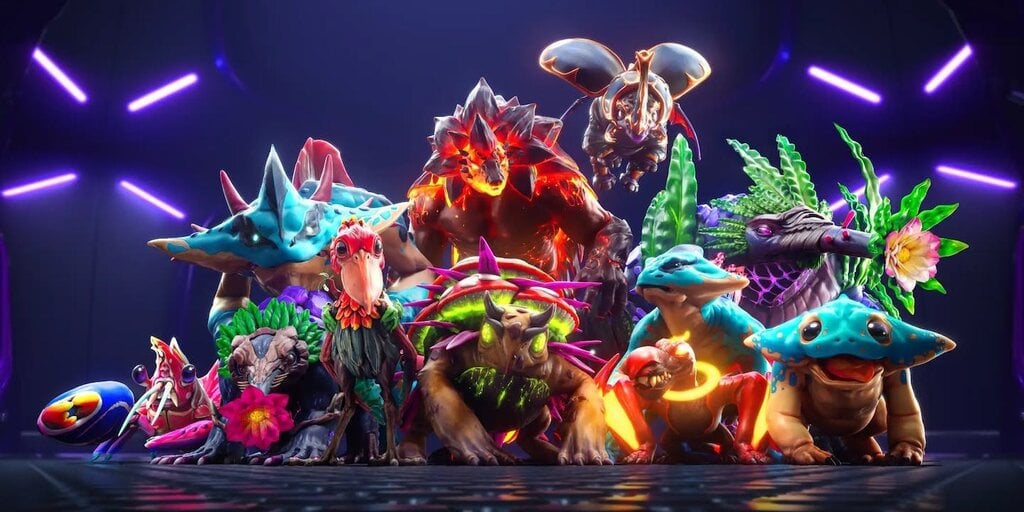Polychain Monsters Integrates L3 Network for On-Chain Gaming
Polychain Monsters, a multi-chain NFT game platform, has recently announced its plans to integrate its L3 (Layer 3) network into its on-chain games, utilizing PMON for transaction processing. The platform aims to establish a specialized and customizable chain for the Polychain Monsters game, ensuring safe gaming and transparent transactions by leveraging the newly launched L3 network with Arbitrum Orbit technology.
The integration of the L3 network not only reduces gas expenses but also enhances accessibility to gaming by combining Arbitrum One with AnyTrust technology, a variant of Arbitrum Nitro. This collaboration results in a tailored chain specifically designed for the Polychain Monsters game, utilizing Arbitrum Orbit technology to provide a secure gaming environment and transparent transaction processing.
Altlayer technology played a crucial role in the launch, offering a decentralized protocol that enables the deployment of rollups natively and remotely with zk-rollup and optimistic stacks. From the initial testnet gameplay to the successful mainnet debut, Altlayer has been a valuable partner in supporting Polychain Monsters throughout its journey.
Understanding On-Chain Gaming
An on-chain game distinguishes itself from traditional blockchain games by executing game logic directly within smart contracts and storing game state (such as player names and ranks) on the blockchain instead of a centralized gaming server that interacts solely with an NFT smart contract.
In order to qualify as an on-chain game, any gaming experience that involves game logic must be fully maintained on-chain. It is essential for on-chain gaming that all game logic and data reside within smart contracts, which are self-executing code that operates on blockchains.
Benefits of On-Chain Gaming
Enhancing the gaming experience, Polychain Monsters offers an engaging turn-based 2D monster fight game within the on-chain gaming ecosystem. Users and developers can leverage reusable game logic, design diverse visual interfaces, and create applications that enhance gameplay within this environment.
Fully on-chain games can operate autonomously and harness the robustness of blockchains, allowing gamers to enjoy the games persistently until the underlying blockchain remains functional. Furthermore, on-chain gaming provides a low-risk environment for researchers and developers to experiment with innovative technologies like homomorphic encryption and zero-knowledge proofs, facilitating efficient testing without compromising security due to the shared infrastructure on the blockchain with other applications.
Image/Photo credit: source url





